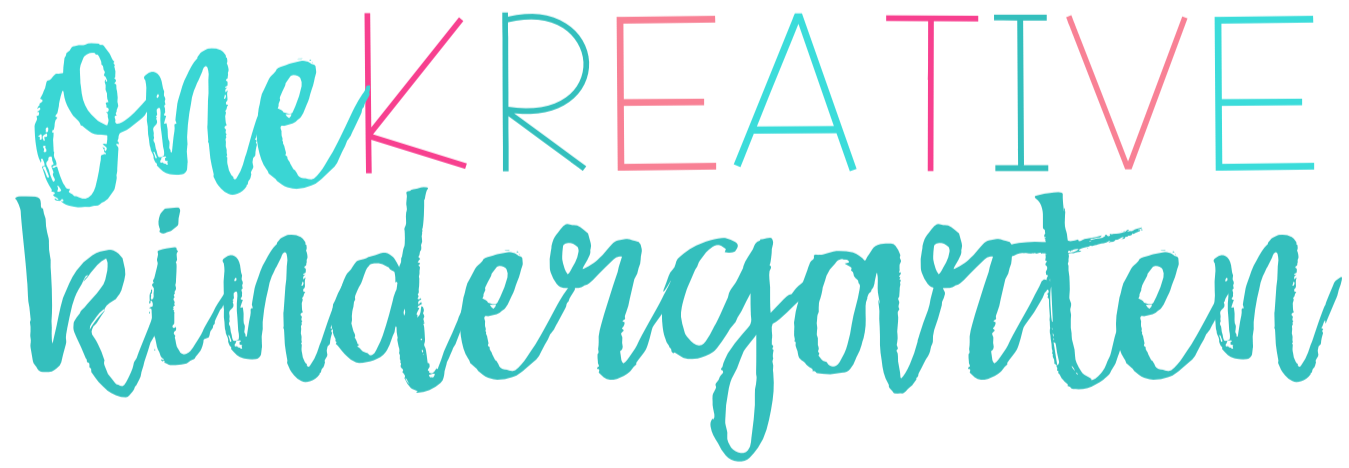Kindergarten math assessments were always such a headache for me. I tried so many different ways of assessing and had a hard time finding a way that would work for these young kids, while also being accurate. It’s very different assessing a kindergartener who knows the math skill but can’t read the problem than a student who doesn’t understand the math skill.
Hopefully these math assessment ideas will help you come up with a way to accurately assess your students while sparing you the headache I had!

Math Assessments in Kindergarten
If you’re a kindergarten teacher, you already know how short a kindergartener’s attention span is. It’s unlikely that you’ll be able to give whole group, unit tests that are more than one page. I tried this and had very small class sizes and it still was a nightmare. There’s always one or two (or five) that are off in lalaland, not paying attention to what problem you’re on in the math test or just looking at their neighbors paper to pretend they’re following along.
It’s also very unlikely that you’ll be able to give one on one assessments for every standard to every student. There are too many other things teachers and students do throughout the day to give that much time and attention to math assessments.
Which brings me to exit tickets. Exit tickets are short one or two problem, half sheets of paper that are ideally given after every lesson. They are quick and simple so students can focus on the task before losing attention. There is only one set of directions for students to solve either one or two problems that go along with what they learned during the lesson.
When you give an exit ticket, you get immediate feedback. That way, you can pull whatever students did not understand the skill and work more closely with them during the next lesson. That immediate feedback helps you know what students you need to work one on one with. Most likely you won’t be able to work one on one with everyone for every standard.

Beginning of the Year Assessments
Kindergarteners come to you at so many different levels. Depending on if they went to preschool or not, you may be teaching some how to count, while others are ready to start adding and subtracting.
Something super helpful that I did was assess their math skills right in the beginning of the year. That helped me figure out who was at what level and where I should place them when we started guided math.
These are the skills I assessed in the beginning of the year:
- Counting
- Writing numbers
- Identify Shapes
During the Year
You already know that it’s important to assess students throughout the year. We had report cards 4 times a year, so although I was formatively assessing students every day, I had specific assessments I did before completing report cards.
Some ideas for kindergarten math assessments during the year:
- Exit tickets – Give an exit ticket after every (or mostly every) lesson to gage student skills. This will tell you when they master the concept.
- Quarterly verbal math assessments (for standards like – can count to 100)
- Take parts of the end of chapter or end of unit tests that the teacher manual provides and give certain problems throughout the quarter or year
- Use guided math in your classroom so you can easily formatively assess students when they’re at your group. Write down these observations in a checklist.
End of the Year Assessments
At the end of the year, to get a comprehensive understanding on what concepts students have mastered, I re-assess standards that certain students did not understand the first time I assessed. (Of course, you teach concepts over and over and over but sometimes students just take a little longer to fully grasp a concept.)
So, at the end of the year, I looked at my assessment binder, where I held all my check lists and exit tickets and I marked off who needed to be assessed for which standard. Usually there are only a few students in each standard (depending on your class size) who need to be re-assessed.

Standards Based Grading
Standards based grading is simply when students get “graded” on if they meet a standard or not instead of getting a letter grade in different subjects. When I taught, we used standard based grading so students earned W’s for working on a standard. They earned M’s for meets standard. E’s meant they exceed the standard or N’s for not at grade level.
Here’s how I assessed for standards based grading while using guided math!
Common Core Math Assessments
If you are interested in using exit tickets in your classroom, you can purchase exit tickets for the entire year for all Kindergarten Common Core Standards in my TpT Store.


















